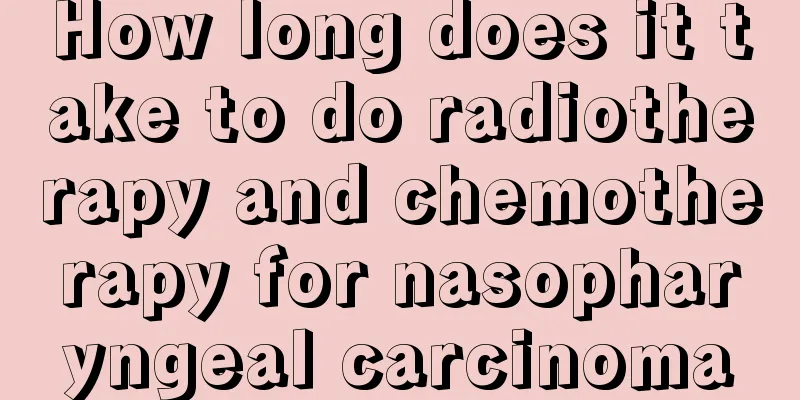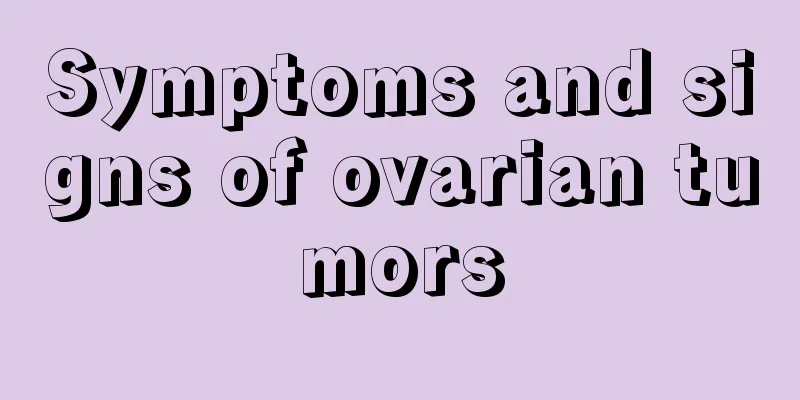The staging of thyroid cancer is mainly divided into four stages. What does stage four of papillary thyroid cancer mean?

|
Papillary thyroid cancer is the most common and the least malignant. It accounts for about 85% of thyroid cancers and can occur at any age. It is more common in children or young women (before 40 years old). Some patients have undergone neck X-ray treatment in childhood. The tumor grows slowly and can be confined to the thyroid gland for several years. The lesion can spread from the primary site to other parts of the gland and the cervical lymph nodes through the intraglandular lymphatic vessels. It can also be confined for several years, so its nature is easy to be ignored. The incidence of papillary thyroid cancer is increasing year by year. Thyroid cancer is divided into four stages: Stage I: The thyroid cancer mass is small and cannot be touched by hand on the surface of the thyroid gland; there is a single nodule in the thyroid gland, the thyroid gland has no obvious changes in shape, the nodule is not restricted in activity, and there are defects in the thyroid gland on radionuclide scanning; there are single or multiple nodules in the thyroid gland, the gland itself is deformed, and the gland activity is not restricted; no lymph nodes are touched in the surrounding area, and there is no distant metastasis. Simply put, the tumor is confined to the thyroid capsule and there is no lymph node metastasis. Stage II: Based on stage I, ipsilateral, contralateral or bilateral lymph nodes are enlarged, active, and without distant metastasis. Stage III: The tumor in the thyroid gland penetrates the thyroid capsule and is fixed or invades surrounding tissues; the lymph nodes are enlarged and fixed; and there is still no distant metastasis. Stage IV: Thyroid cancer with distant metastasis. Surgical resection is the preferred treatment for papillary thyroid carcinoma. Depending on the thyroid tumor lesions, one thyroid lobe plus isthmus resection or total thyroidectomy can be selected. Depending on the cervical lymph node metastasis, central lymph node dissection or cervical lymph node dissection can be selected. Thyroid tumor removal or subtotal thyroidectomy is not recommended. |
<<: What are the common stages of thyroid cancer? Will thyroid cancer recur after surgery?
Recommend
What is the reason for feeling sleepy after lunch
Many friends feel sleepy after lunch. They can’t ...
Can you still grow taller after menarche
A child's height is determined by many factor...
Does toilet water have a disinfecting effect?
In the summer, almost every household has toilet ...
Is formaldehyde colorless and odorless?
In fact, everyone is aware of formaldehyde, but t...
Eye congestion when wearing contact lenses, these methods can relieve it
Many people with myopia usually wear contact lens...
Can I wash my hair if I have facial paralysis
Patients with facial paralysis should not wash th...
Methods of preoperative and postoperative care for laryngeal cancer
Preoperative and postoperative care methods for l...
What are the two most effective treatments for liver cancer?
Primary liver cancer is suitable for staged treat...
Why can't people live longer after being cured of breast cancer
Regardless of whether a tumor is benign or malign...
What is the function of quicklime?
Quicklime is not unfamiliar to many people. Quick...
What role does enzyme play in the human body
The human body is the most amazing thing. Not onl...
What to do if you have allergic rhinitis
Allergic rhinitis is an allergic disease. Patient...
What are the specific health care measures for uterine cancer?
There are many diseases in the uterus, and uterin...
Which part is the pancreas
The pancreas is an important part of the body and...
What are the dangers of cervical cancer
What harm does cervical cancer do to women? Many ...









